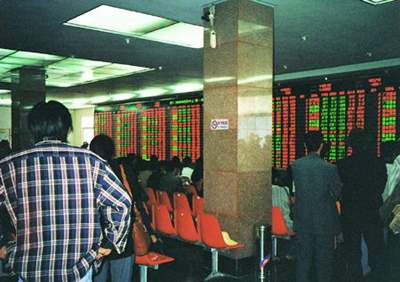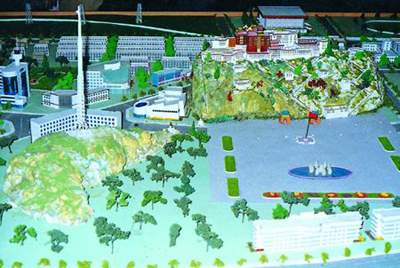The Chinese Government introduced its reform and opening policy in December 1978. Lhasans were elated when they learned of the news. In April 1983, the State Council approved the General Outline for Urban Construction in Lhasa City. It stipulates: "City construction in Lhasa should feature a Tibetan style. Efforts should be made to protect historical and cultural heritages, scenic spots, and traditional gardens. New buildings should be harmonious with the old buildings in order to preserve the outlook of the historical city."
The Central Government contributed hundreds of million yuan after the 1980s to protect and renovate historical and cultural heritages in the Lhasa area. In this city, there are close to 200 cultural relics, monasteries, and scenic spots, which are managed by their respective city departments. Of this number, close to 40 are subject to special protection by the city. In 1996, the Tibet Autonomous Region made public its third group of cultural relics units, with 13 located in Lhasa.
The Jokhang Monastery was the first to be renovated and opened to the public. Its Main Hall enshrines the sitting statue of Sakyamuni, founder of Buddhism, which was brought to Lhasa from Chang'an (present-day Xi'an) by China's Tang Dynasty (618-907) Princess Wencheng. In front of the statue are dozens of large golden bowls filled with butter to serve as lamps. There is an endless flow of worshippers to the monastery.
Other monasteries which were renovated and opened to the public following the Jokhang Monastery include the Zhaibung, Sera, Curpu (in Doilungdeqen County), Razheng (in Lhunzhub County), and as well as others belonging to various sects of Tibetan Buddhism. In March 1993, the Central Government allocated 26 million yuan for the reconstruction of the Gandain Monastery, the ancestral monastery of the Gelug Sect. When the project was completed on October 8, 1997, large numbers of monks and lay people prayed in and outside the monastery, located in the Wangbur Mountain 45 km east of Lhasa. They spoke highly of the State policy for freedom of religious belief.
The Potala Palace underwent large-scale renovations from October 1989 to August 1994. Involving a total investment of 53 million yuan by the Central Government, it was the first thorough renovation since the period of the 5th Dalai Lama.

Business stands in front of the Jokhang Monastery

A foreign expert working in Lhasa

Lhasa Stock Market

Model showing the environment around the Potala Palace
